USMLE Protein-Energy Malnutrition diseases: Kwashiorkor vs Marasmus
KWASHIORKOR vs MARASMUS
1. Causes of Kwashiorkor vs Marasmus
Daily, our body needs energy in the form of calories from food and water to function adequately. Our bodies also need certain amount of nutrients every day to function properly and maintain our health. Nutrients can come in the form of protein, carbohydrates, vitamins, and much more. When our bodies do not gain enough calories or nutrients, we may become undernourished or malnourished. Malnutrition is the main concept that is involved in both of these two diseases, Kwashiorkor and Marasmus for especially young pediatric patients from impoverished and developing nations.
Test your knowledge on Kwashiorkor vs Marasmus in our interactive quiz at the end of the article! Questions styled from easy to hard in USMLE.

Kwashiorkor Causes: Malnutrition of protein; big emphasis on protein. Protein Malnutrition
Marasmus Causes: Malnutrition in general, including proteins, carbohydrates, fat, etc; Energy Malnutrition
Patients with Kwashiorkor are not getting enough protein in their energy intake and diet, while patients with Marasmus are not getting enough of food and energy in general, which can include proteins, fats, vitamins, carbohydrates, etc. Young children are especially vulnerable to food shortages, the main causes for these diseases.

2. Symptoms of Kwashiorkor vs Marasmus


What are the differences in symptoms between the Kwashiorkor and Marasmus patients?
The symptoms of Kwashiorkor and Marasmus differ.
Kwashiorkor Symptoms: Symptoms of Kwashiorkor result from protein deficiency and are acute and rapid onset. Patients also are lethargic and sluggish. Use the mnemonic to remember the other main symptoms of Kwashiorkor: MEALS.
Mnemonic: Kwashiorkor = MEALS
- Malnutrition (protein deficiency specifically)
- Edema (large swollen protroding belly)
- Anemia
- Liver (enlarged and fatty, contributes to large belly)
- Skin lesions (Patients with Kwashiorkor have skin lesions including hyperkeratosis, which is excessive hardened skin, and dyspigmentation.)
Use the mnemonic MEALS to remember the symptoms of Kwashiorkor Disease, which will help differentiate from the Marasmus. 🙂
Marasmus Symptoms: Most prominent symptom is Muscle wasting, seen through ribs protruding. There is no visible large protroduing belly. Remember, patients with Marasmus are deficient in CALORIES not just protein. Patients are more irritable and active, unlike Kwashiorkor patients who are lethargic, unresponsive, and sluggish. Marasmus patients may also have diarrhea and dehydration.
Mnemonic: Marasmus = Muscle wasting

Test Yourself! Kwashiorkor vs Marasmus
- Question 2 Explanation. This patient appears to have malnutrition, abdominal edema, anemia, and skin lesions. These symptoms are common with patients with Kwashiorkor which is a protein deficiency. You can remember these symptoms with the mnemonic MEALS. Even though most patients with Kwashiorkor are between 18 months to 3 years, symptoms match with Kwashiorkor rather than Marasmus. Do not get tricked on the USMLE STEP’s or NBME’s just because one symptom or 1 fact do not entirely match up – always pick the best answer that fits the MAJORITY of the clues in the patient vignette. Tips for success! 🙂
- Question 3 Explanation. This patient has chronic fatigue for the past 6 months with weight loss. The physical exam is the most telling with the nondistended abdomen. Unlike Kwashiorkor which presents with abdominal edema, this patient’s belly is flat. The patient overall has Marasmus, which is Calorie deficiency.
Works Cited
- Dilated cardiomyopathy Induced by Chronic Starvation. https://www.researchgate.net/publication/310735913_Dilated_Cardiomyopathy_Induced_by_Chronic_Starvation_and_Selenium_Deficiency
- INCAP studies of kwashiorkor and marasmus. https://www.ncbi.nlm.nih.gov/pubmed/20461902
- Prenatal Factors Contribute to the Emergence of Kwashiorkor or Marasmus in Severe Undernutrition: Evidence for the Predictive Adaptation ModelDilated cardiomyopathy Induced by Chronic Starvation. https://www.ncbi.nlm.nih.gov/pmc/articles/PMC3340401/
- First Aid USMLE Biochemistry 2019
Copyright © 2021 Moosmosis Organization: All Rights Reserved
All rights reserved. This essay or any portion thereof may not be reproduced or used in any manner whatsoever without the express written permission of the publisher.

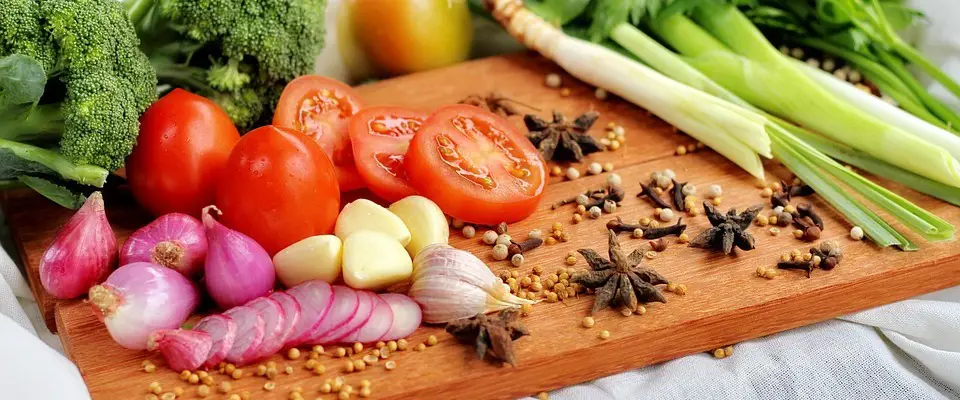


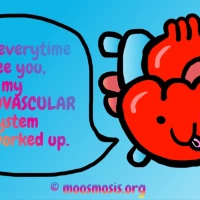

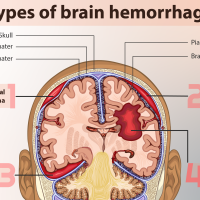
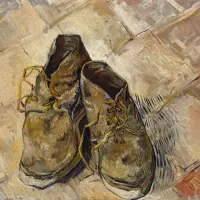





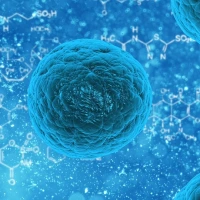

Just what I needed for my medical studies, thanks! Neat notes and easy to understand.
LikeLiked by 3 people
Love your article! Very informative
LikeLiked by 2 people
Thank you Mary R! So glad you liked our article! Happy studying! 🙂
LikeLike
I learned something new from your article today. Thank you.
LikeLiked by 2 people
Hi Percy, thank you for learning with us, and you’re very welcome!
LikeLike
Reblogged this on ap5examtips.
LikeLiked by 3 people
Another awesome post! Kwashiorkor is definitely a big problem in the world, glad to learn more about it.
LikeLiked by 2 people
So glad you found this helpful, Mike!
LikeLiked by 1 person
Lovely and beautifully written! I love reading your posts ❤️
LikeLiked by 2 people
Thank you so much for your support, Athena!
LikeLiked by 1 person
Reblogged this on nutrition101web.
LikeLiked by 1 person
Informative and insightful! Thanks for the article
LikeLiked by 2 people
😍thanks for the Article on kwashiorkor vs marasmus! Meals is a great mnemonic!
LikeLiked by 2 people
You’re welcome Kayla. Glad to help. Good luck on your studies! 🙂
LikeLiked by 1 person
Nice post. I learn one thing more difficult on totally different blogs everyday. It’s going to always be stimulating to read content material from different writers and follow slightly something from their store. I’d want to use some with the content on my blog whether you don’t mind. Natually I’ll give you a link on your web blog. Thanks for sharing.
LikeLike
Very well written article. It will be helpful to anybody who uses it, as well as yours truly :). Keep doing what you are doing – for sure i will check out more posts.
LikeLiked by 1 person
You’re very welcome, Imol! Glad you found the article helpful. 🙂 Happy learning!
LikeLike